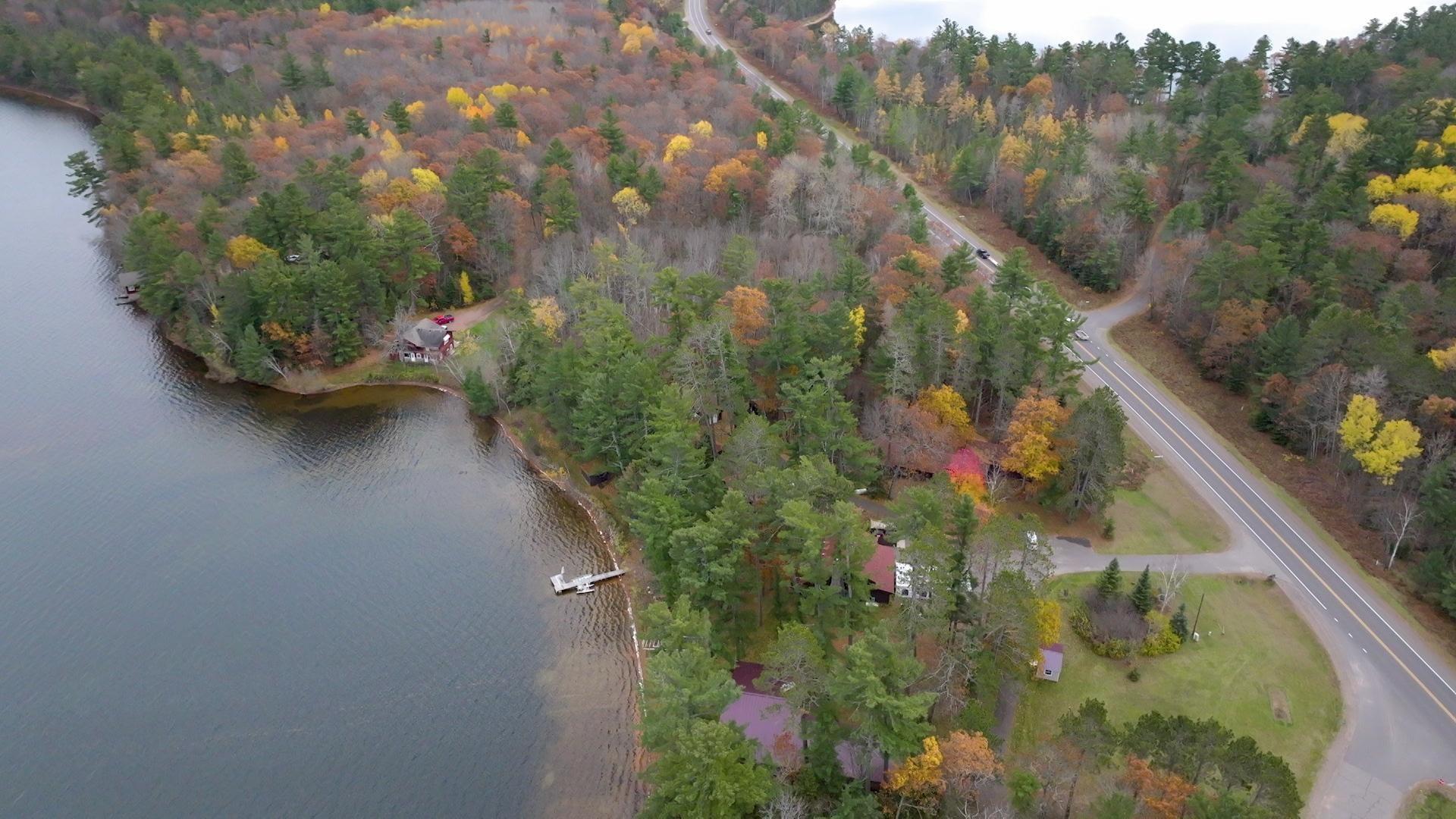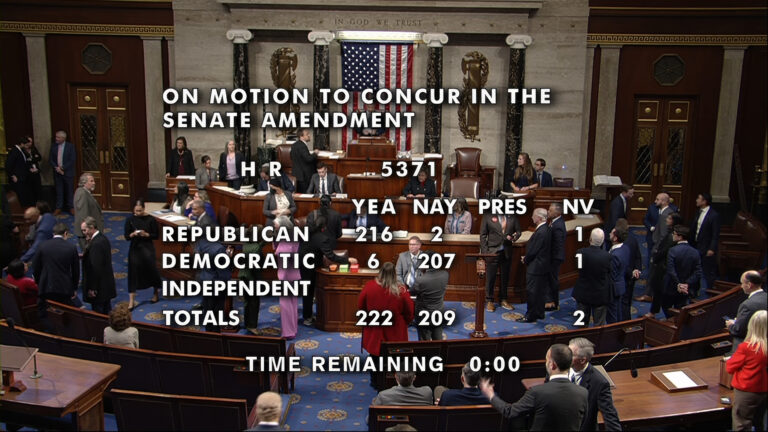Lead Pipe Replacement Costs Are An Ongoing Issue For Wisconsin's Local Governments
Local governments across Wisconsin face an open question of how they'll pay for ongoing lead pipe replacement efforts.
July 27, 2017

Pile of old lead pipes illustration

Around 176,000 lead pipes connecting municipal water systems to homes, businesses and other buildings are known to exist in Wisconsin. That number is gradually decreasing as communities around the state look to replace this antiquated and dangerous infrastructure, but the scale and cost of the problem is making for a slow process.
In 2016, the Wisconsin Department of Natural Resources launched a grant program to assist municipal water systems with removing these pipes, which are known as service lines. This funding, which adds up to about $14.5 million, is in turn provided to the state by the U.S. Environmental Protection Agency. Given a replacement cost of $3,000 or more per line, that means this program will only be able to pay for a small fraction of the total.
The DNR program is in place for fiscal years 2017 and 2018, but it is unclear whether or not it will remain in place longer. Federal funding may not continue at a similar level, and even if it does, the state may decide to change its priorities with allocating any such money.
Given these uncertainties, local governments across Wisconsin face an open question of how they’ll pay for ongoing lead pipe replacement efforts. There is a national program signed into law in December 2016 that remains unfunded, and there is a proposal in the state legislature to change funding regulations in order to expedite replacement. But at the local level, these limitations have officials searching for and brainstorming new revenue sources for this work.
On the July 24, 2017 edition of Wisconsin Public Radio’s Central Time, host Veronica Rueckert interviewed WisContext associate editor Scott Gordon about what utilities around the state are doing to replace lead service lines.
 Passport
Passport











Follow Us